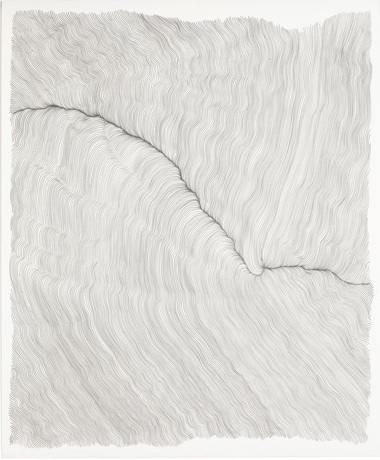Ulrike Seyboth & Ingo Fröhlich
Ingo Fröhlich, b. 1966 in Nordhorn, Germany.
1999—2001 Master of Art in Interdisciplinary Studies, Berlin Weissensee School of Art, Germany
Ulrike Seyboth, b. 1970 in Schneeberg, Germany.
1992 Studies in Painting, Berlin Weissensee School of Art, Germany
1997 Master of Arts Studies in Painting,Berlin Weissensee School of Art, Germany
In spite of the different from of artistic media—in the case of Ingo Fröhlich, mainly drawing and space, while it is painting for Ulrike Seyboth — their artistic positions meet in a personal, almost intimate and not alienated inner space of art. In the encounter of painting, drawing, and space, which in their freedom are not in any way limited by any order in terms of style, color, or theme, that is to say, by no institutional order, they create images in which dreams and reality can always permeate one another.
Art opens up new spaces that go beyond what it visible in the picture. The structure of these spaces develops precisely at the intersection between emptiness and form, evoking what is perceived as painting or drawing on a picture.
Common concerns are, for example, the depiction of time; bound moments in the work of art: “…I draw time, you paint the moment…”.
They are always interested in the sensuality of seeing.
For these artists, the question of and search for the in-between, the behind, is existential.
The wish to do a joint exhibition is the confrontation of two artistic positions that demonstrate the duality of life.
A world painted and drawn, complementing one another, like summer and winter.
In a synthesis of paintings and drawings, we want to show the exhibition visitor that behind the apparent dichotomy of
Thus the absolute subjectivity of the individual works leads to the demonstration of an idea of universality.
When the beholder steps into the context of the exhibition, he or she can be reminded that behind dual thinking lies the freedom of being that articulates itself directly, uncommented, and uncensored in what he or she perceives at the moment of seeing.
The seemingly opposed works by Ulrike Seyboth and Ingo Fröhlich show very nicely that a universal spirit flows in art, sometimes shaped and clear, sometimes unformed.
Seeing or beholding art, then, does not just release energies, but it also offers the opportunity to consciously perceive oneself behind these energies. Stepping into a pictorial space happens through a space of consciousness that is not limited by one’s own personal opinion, but becomes an uncompromising moment, a moment of opening.
The necessity is the work process, not the idea.
The work does not stand for anything, does not serve anything: it stands for itself.

